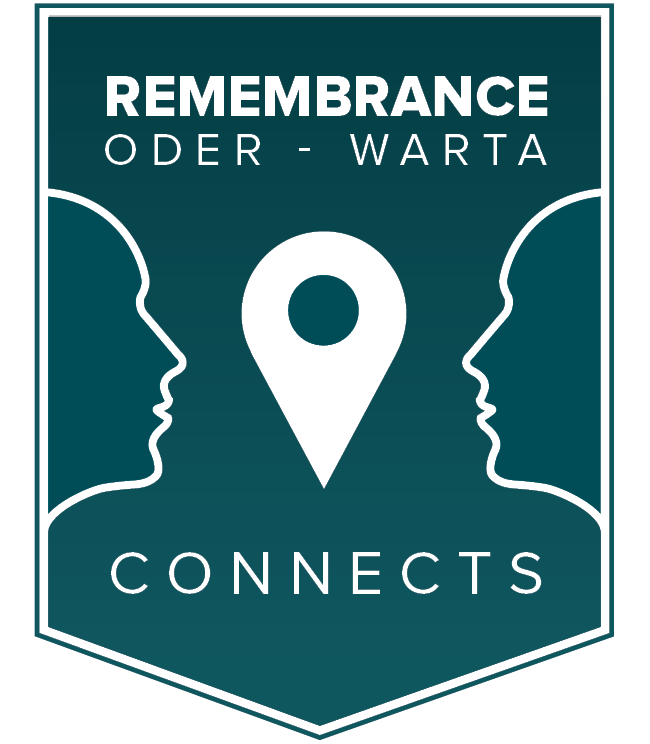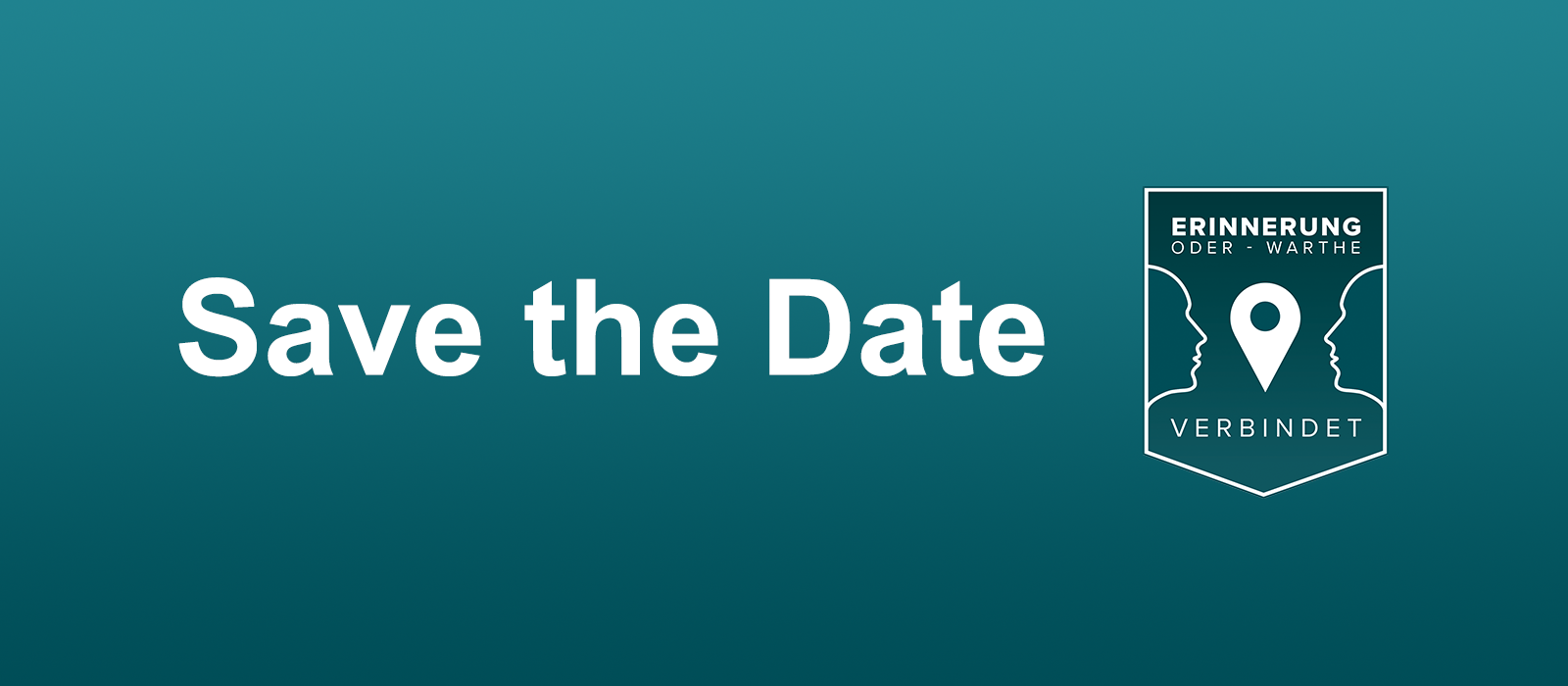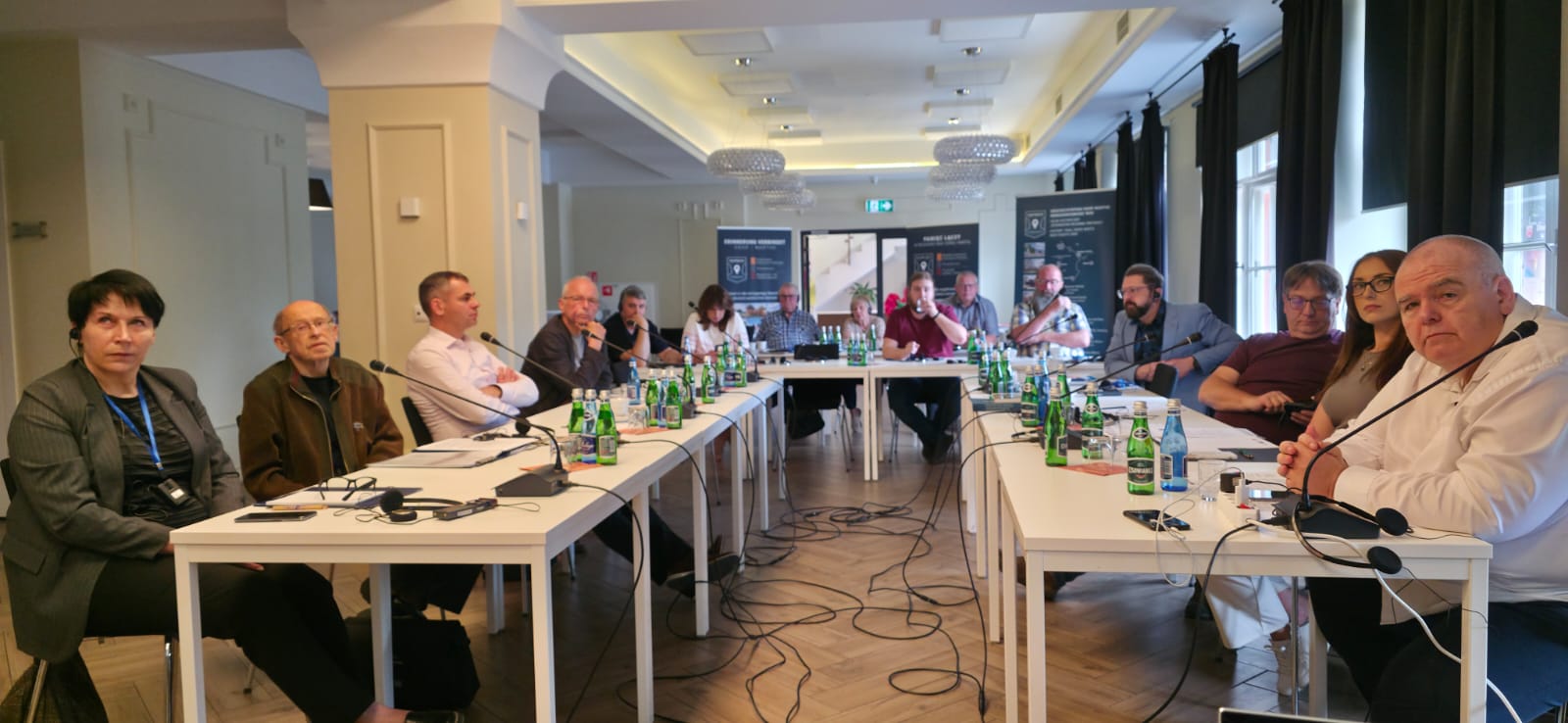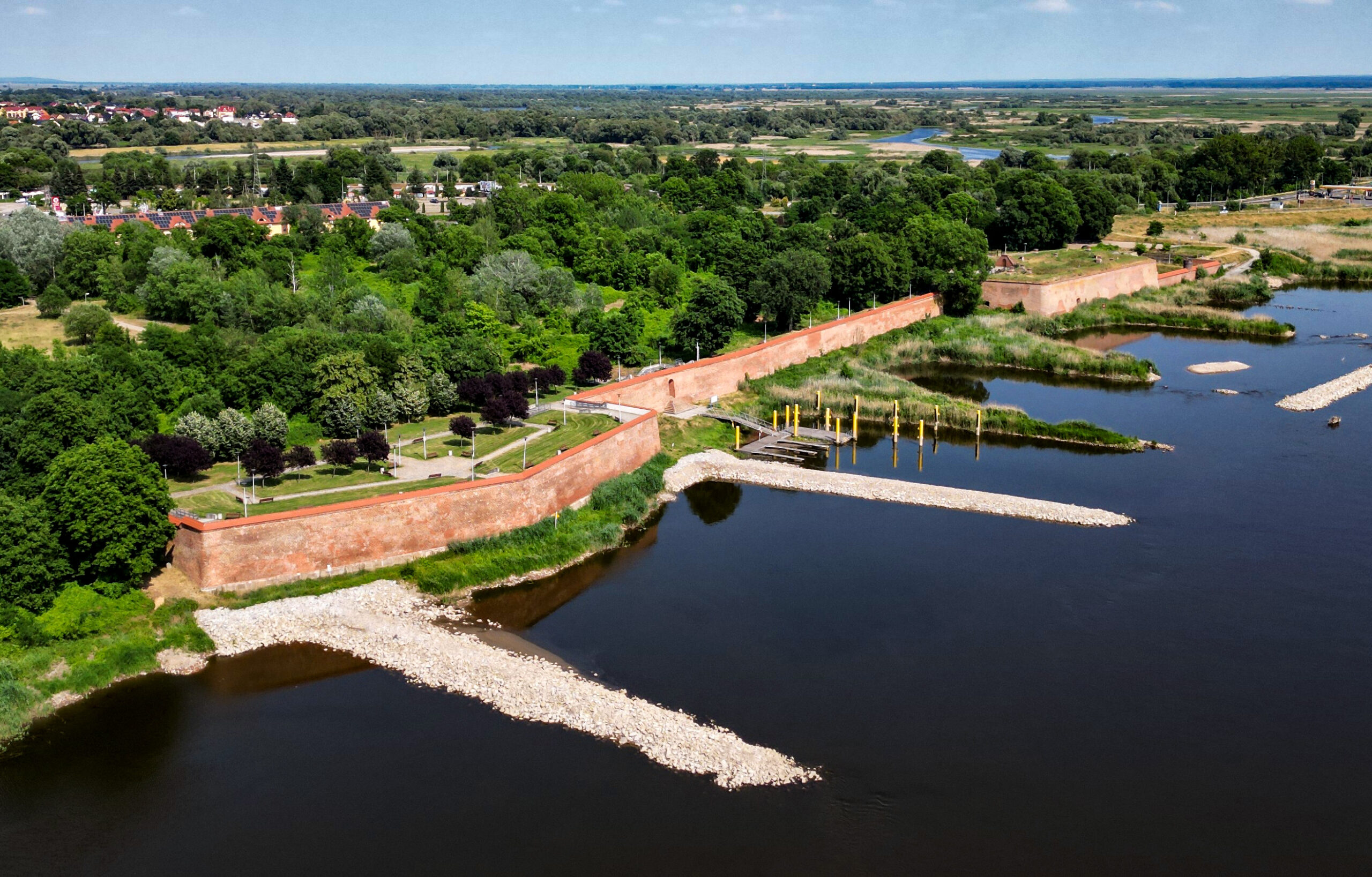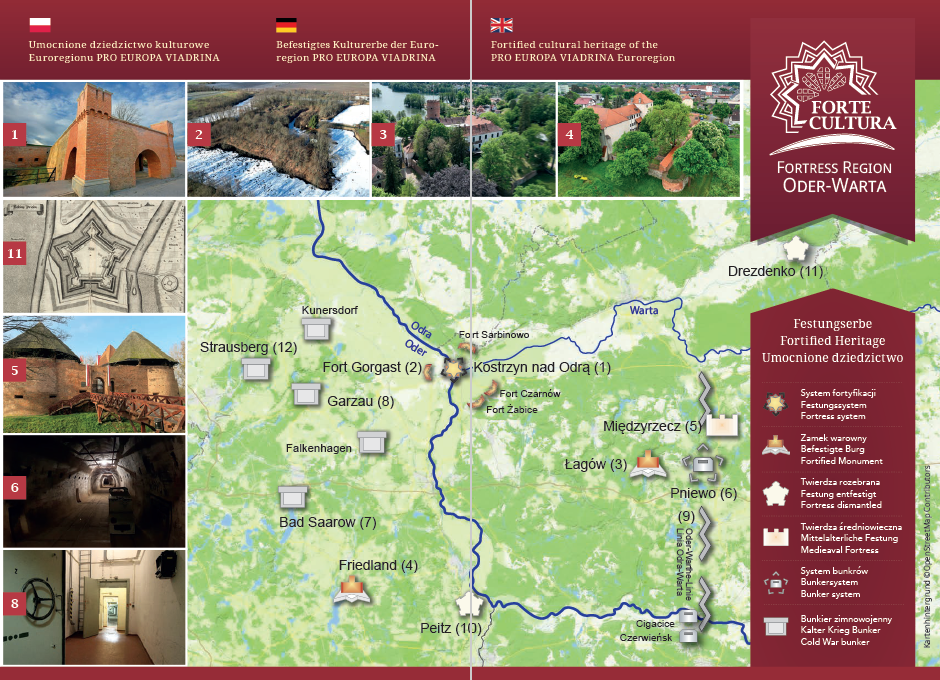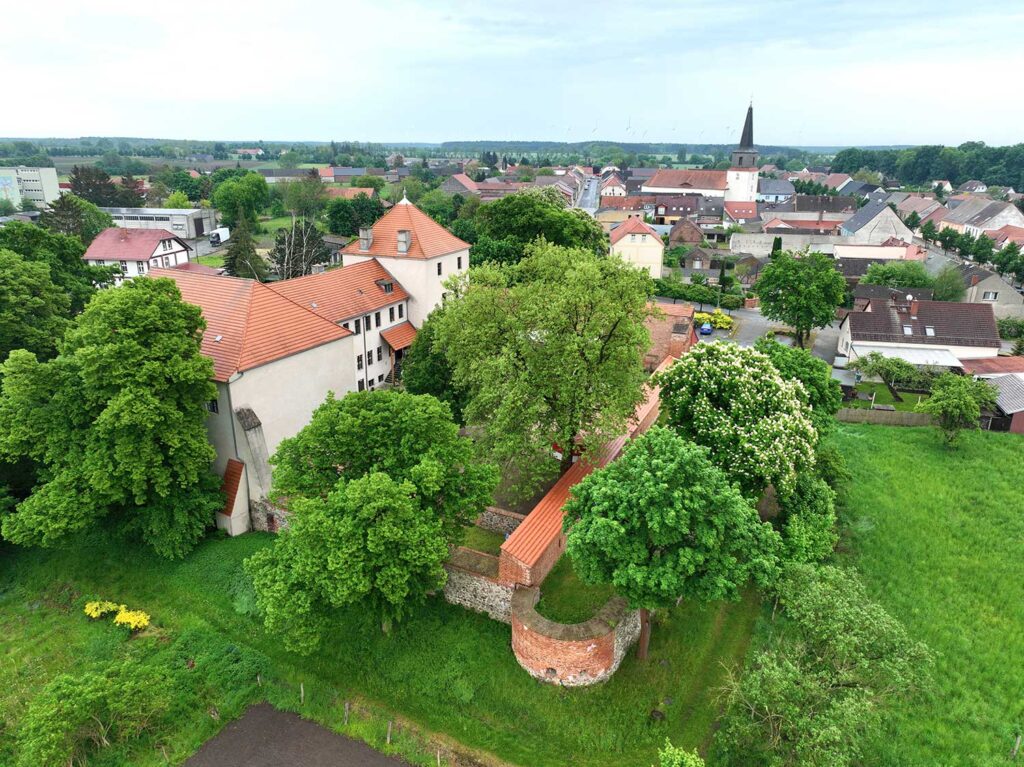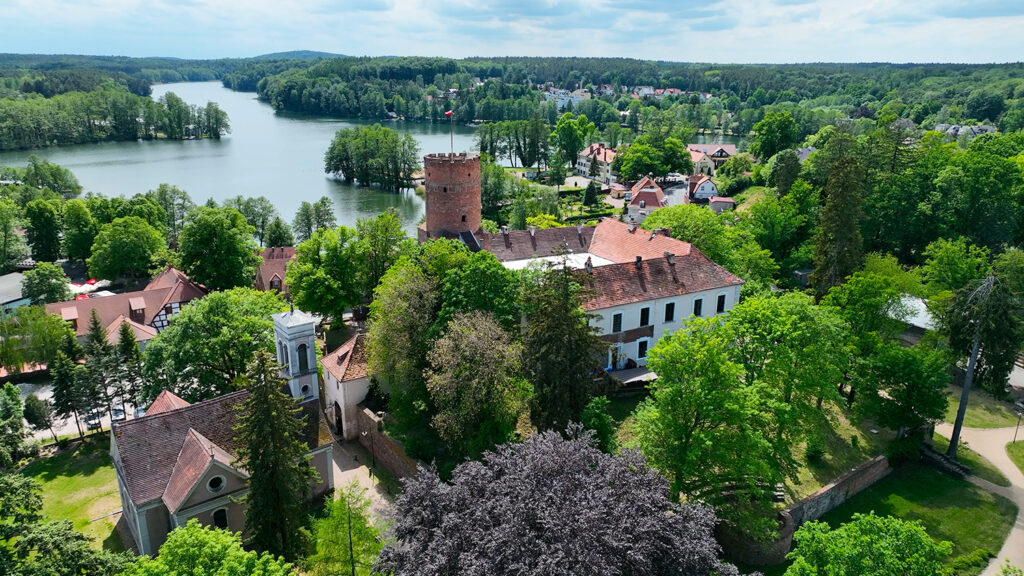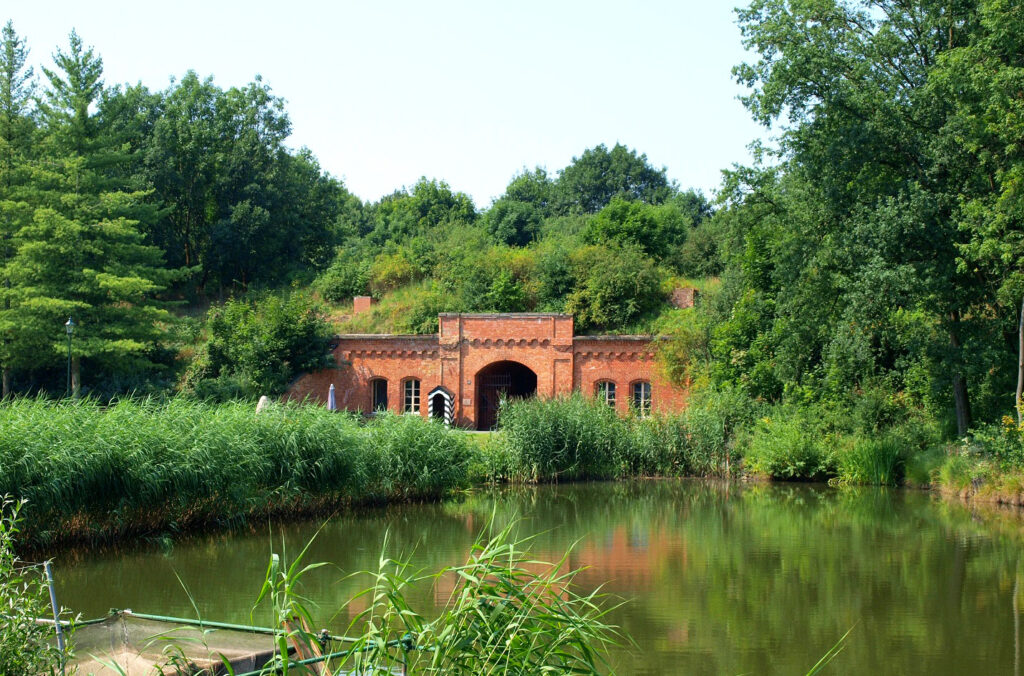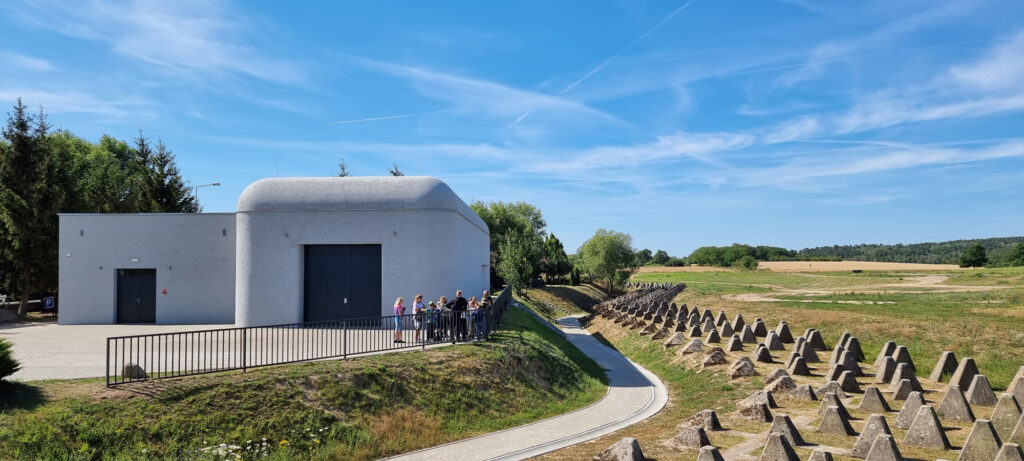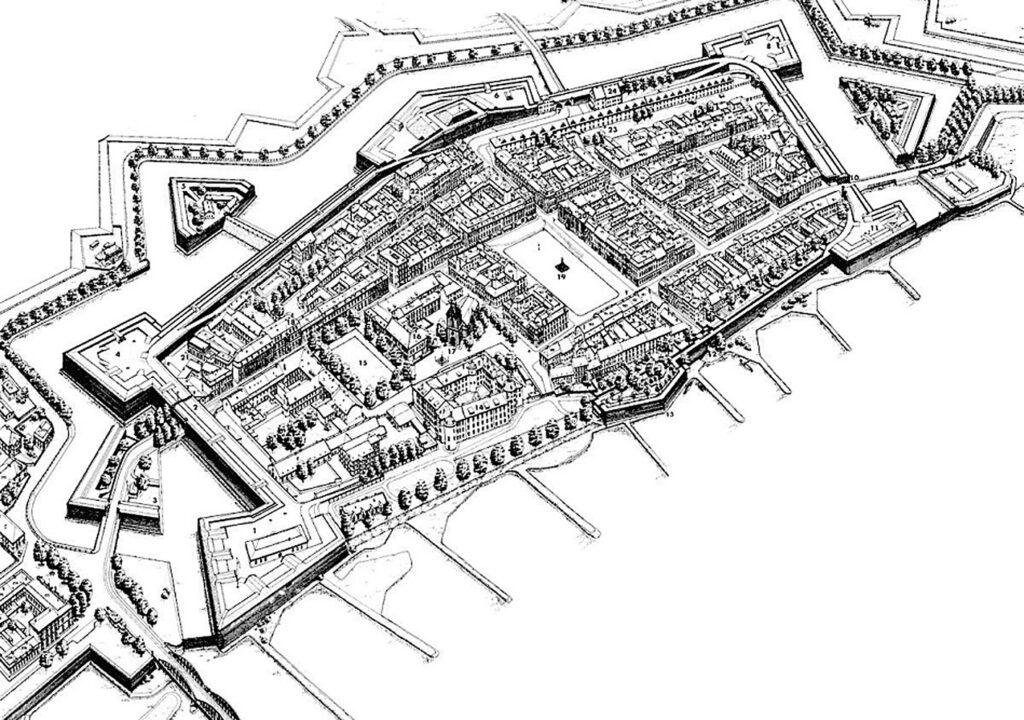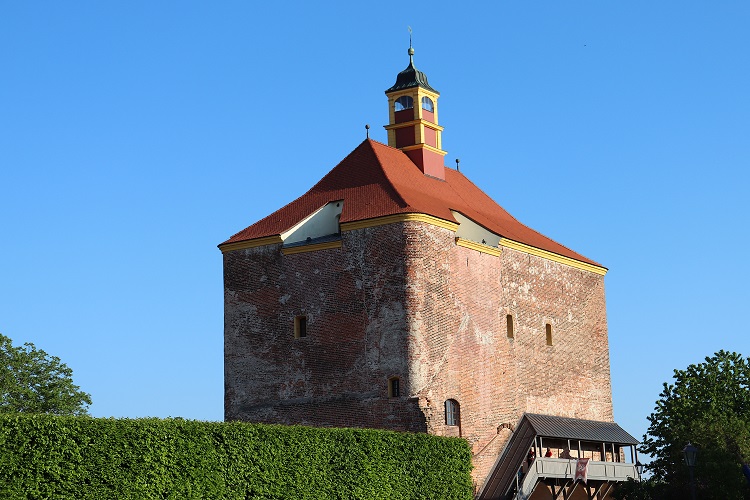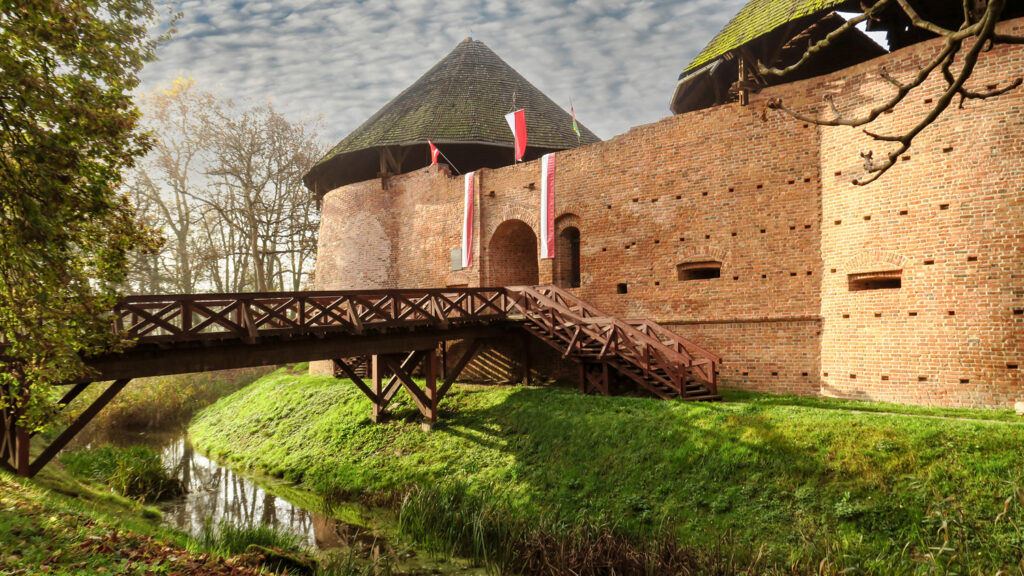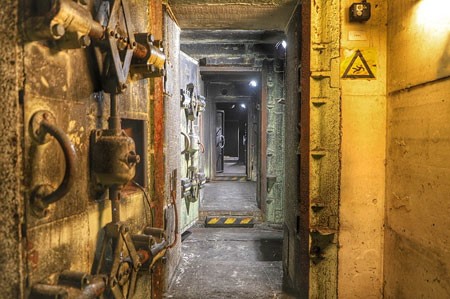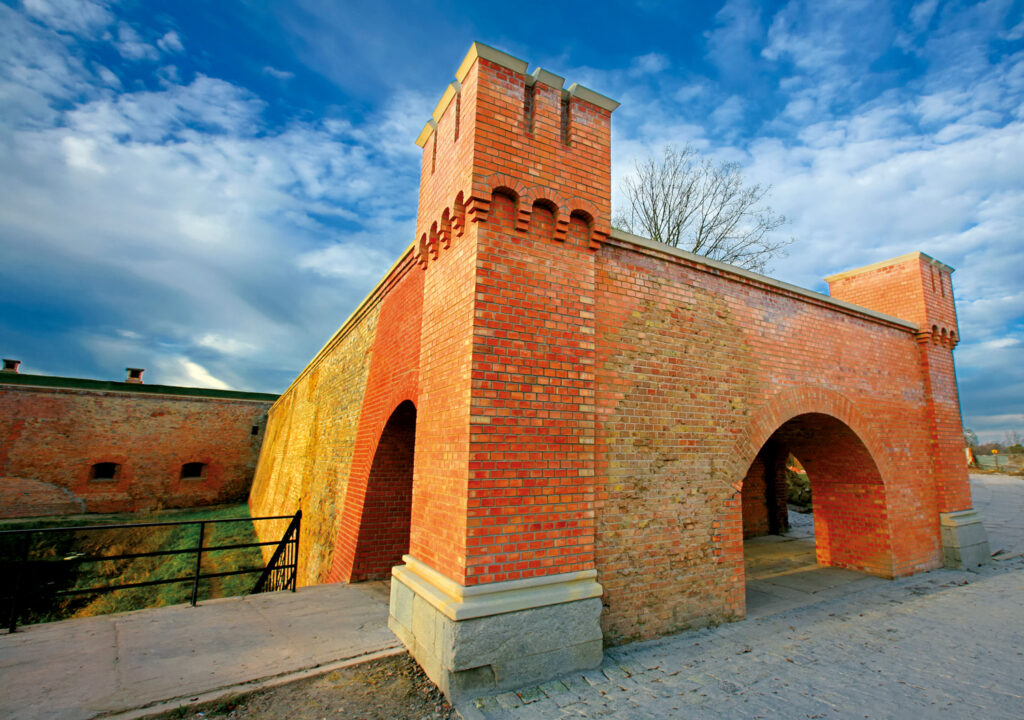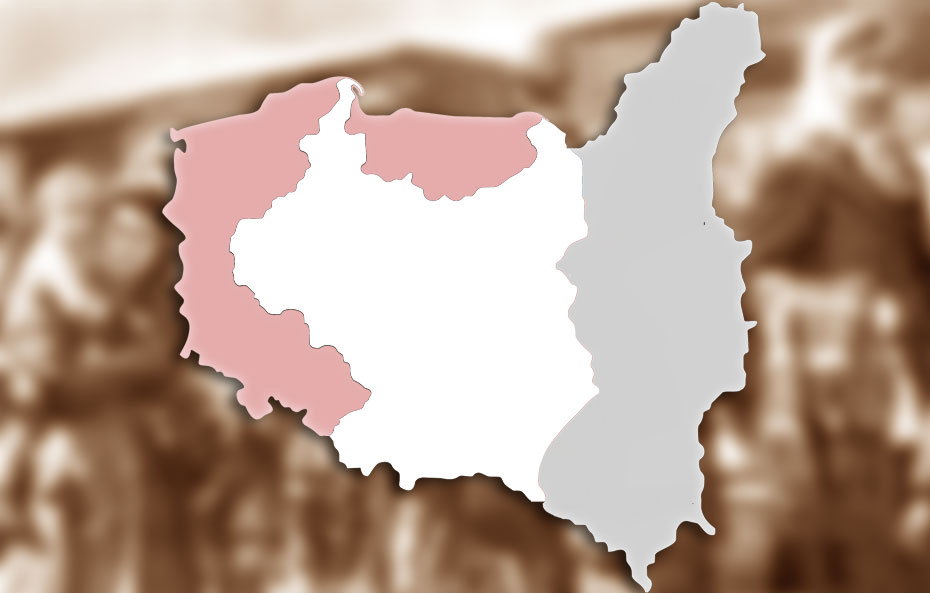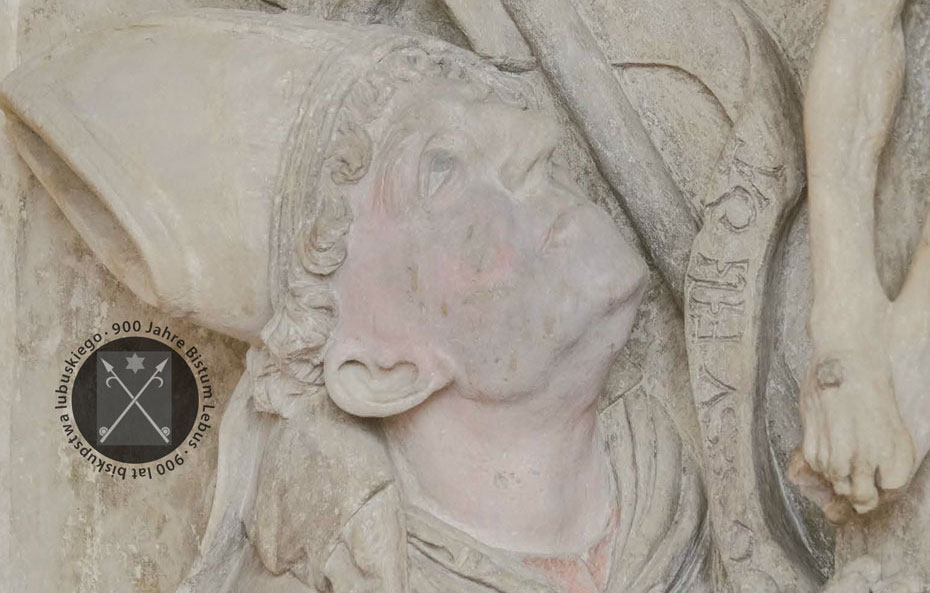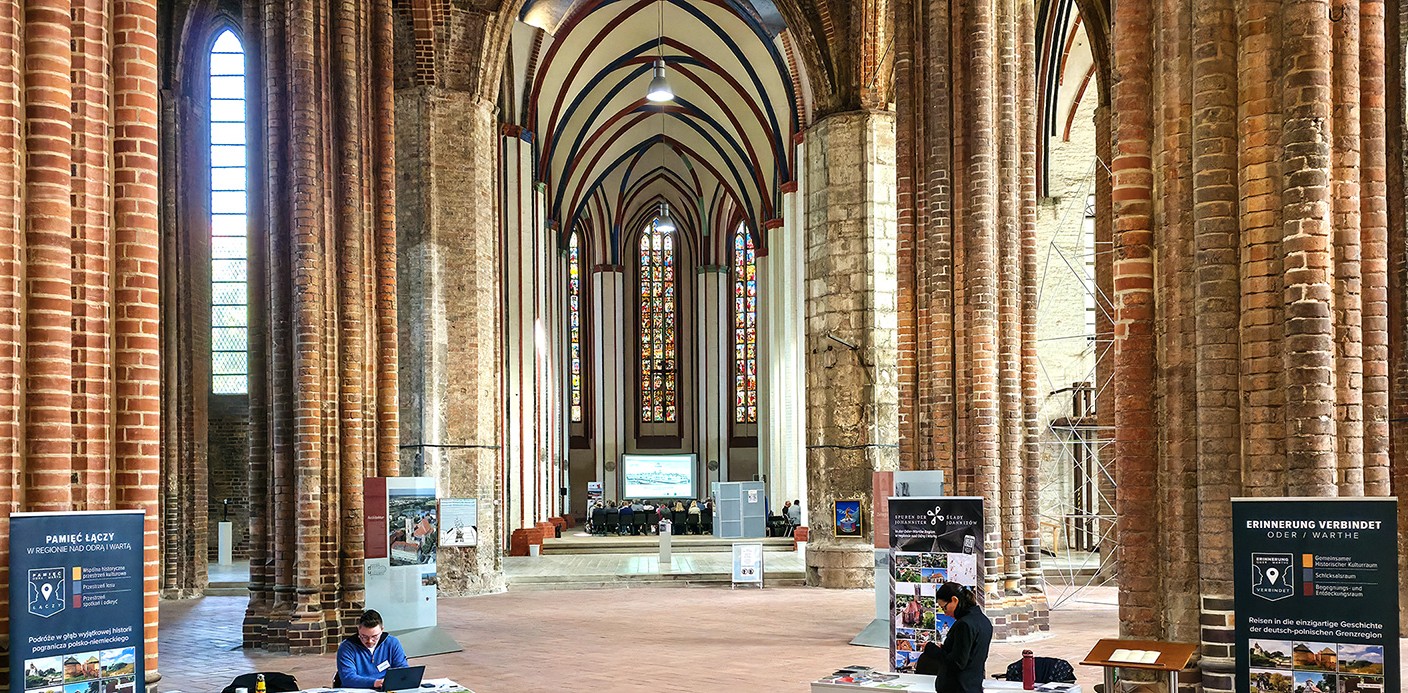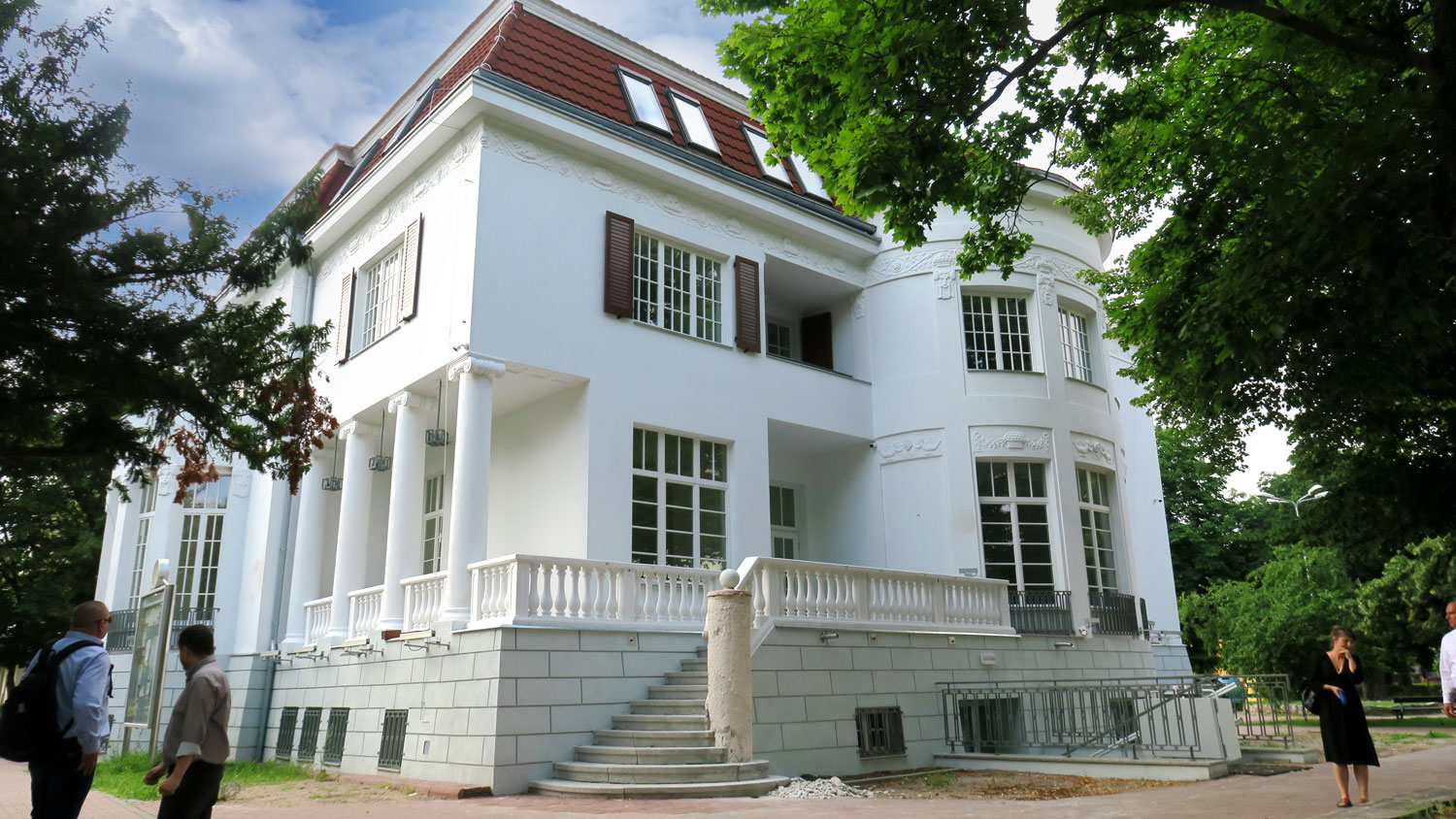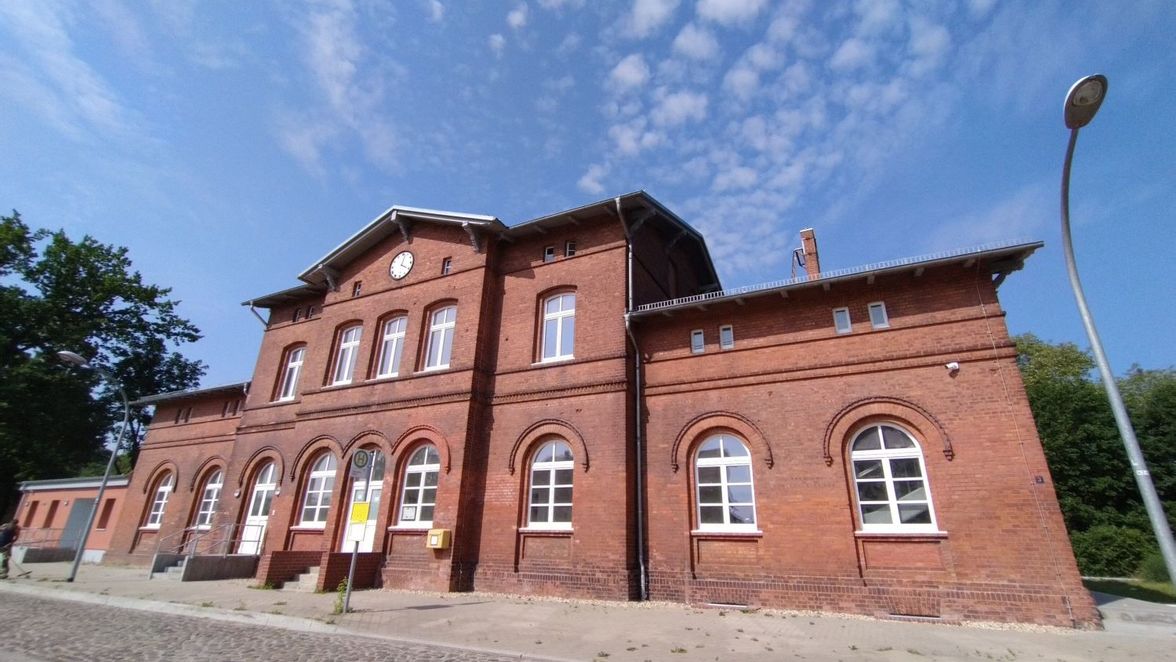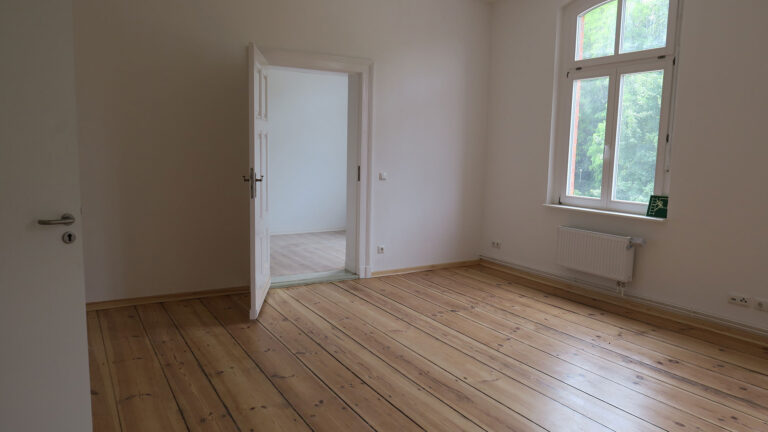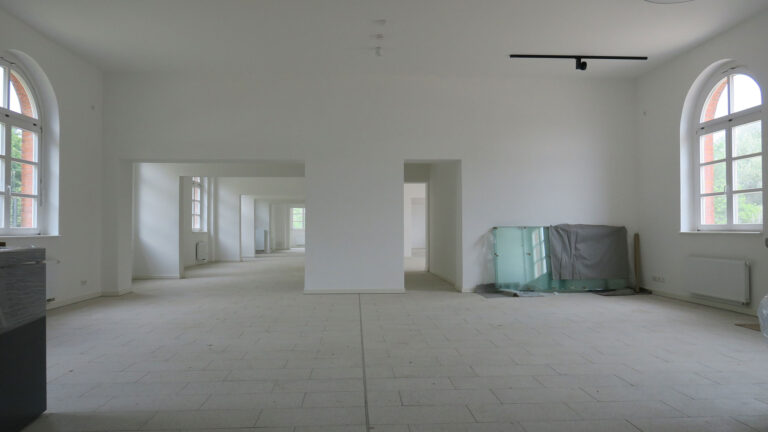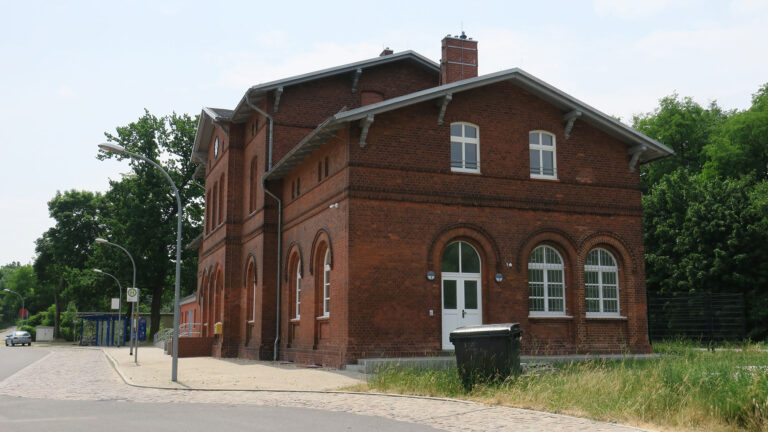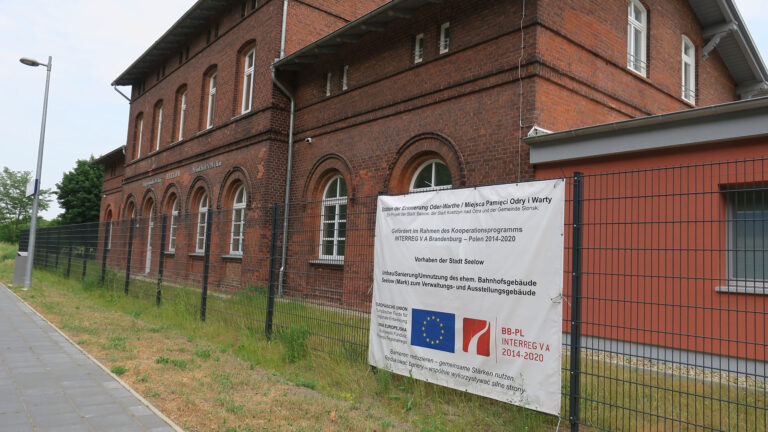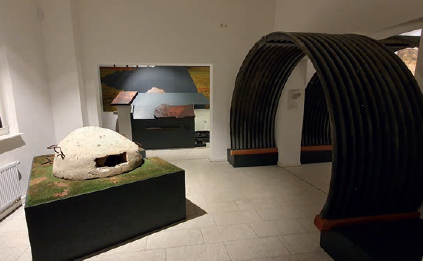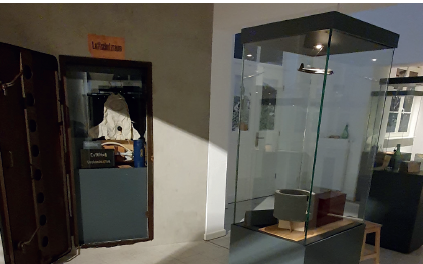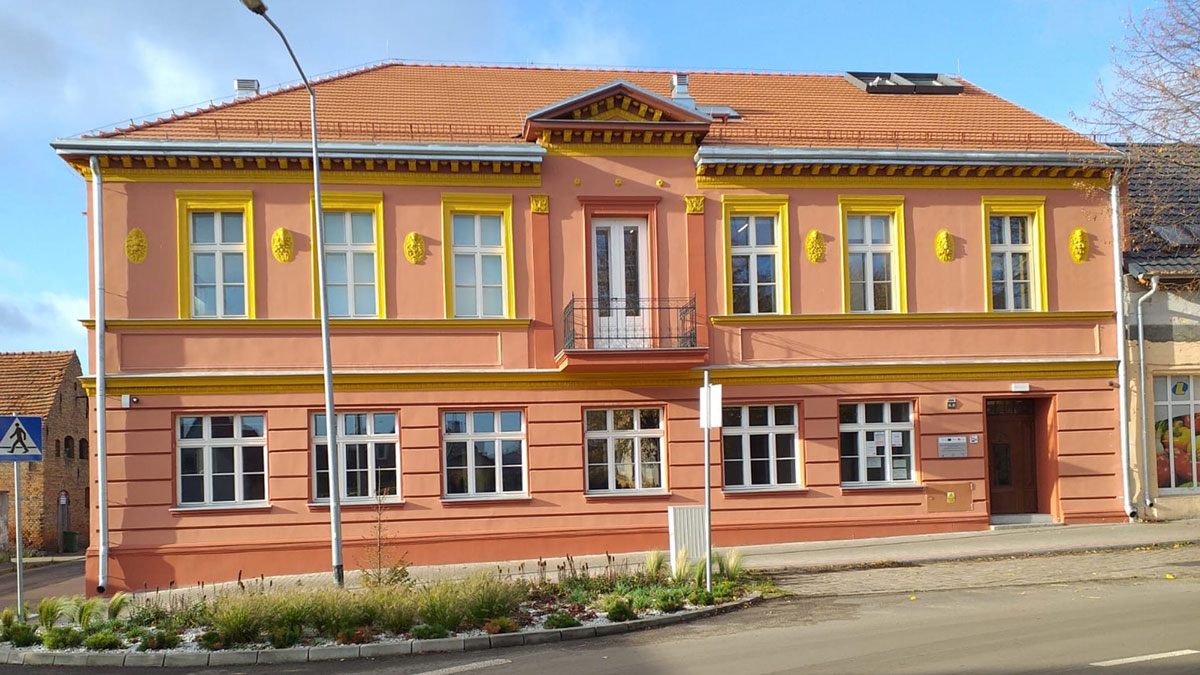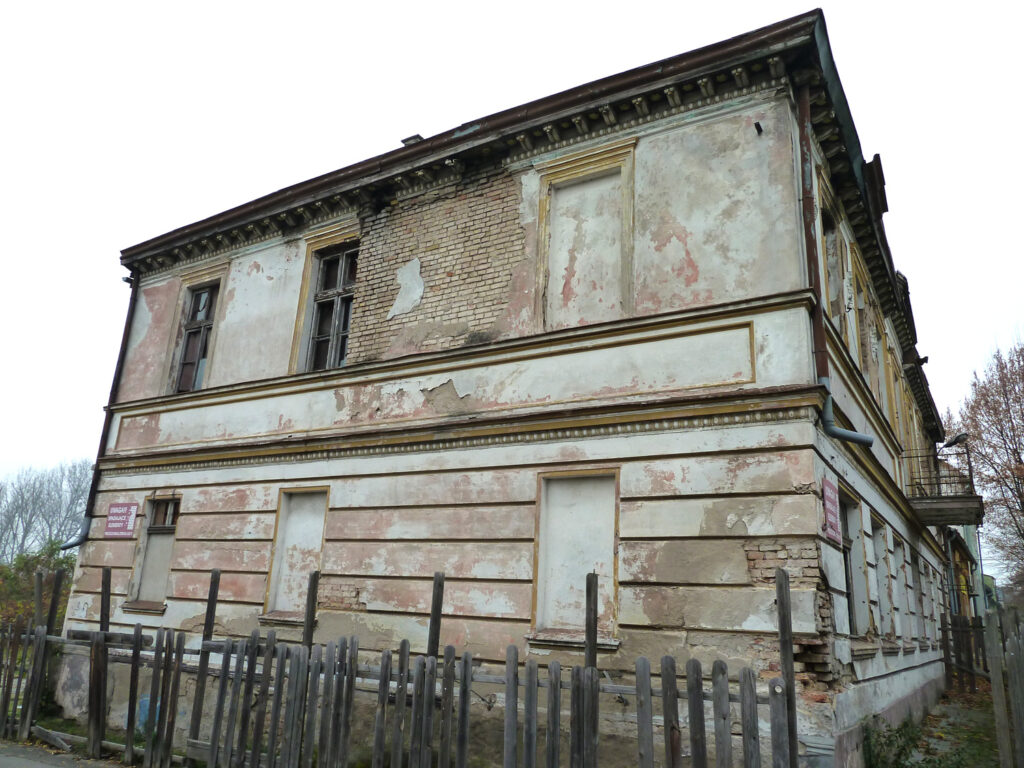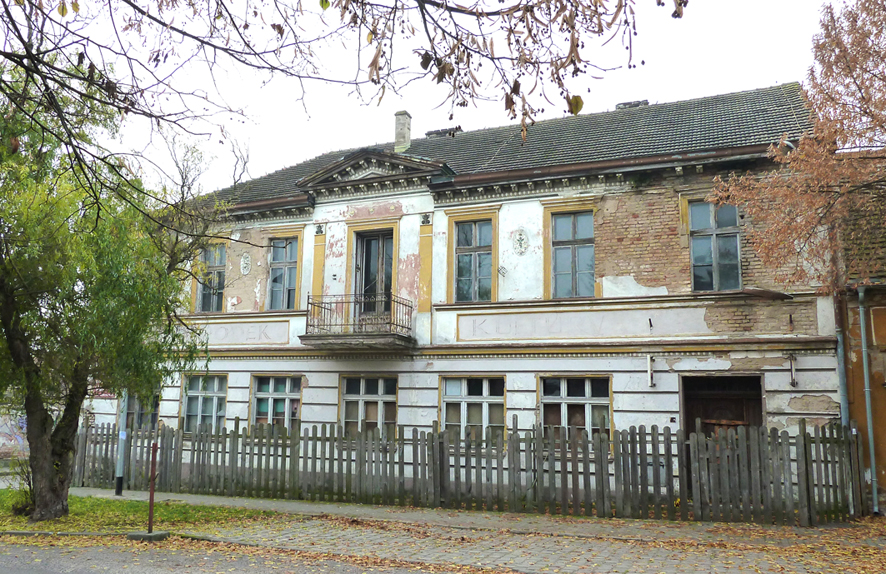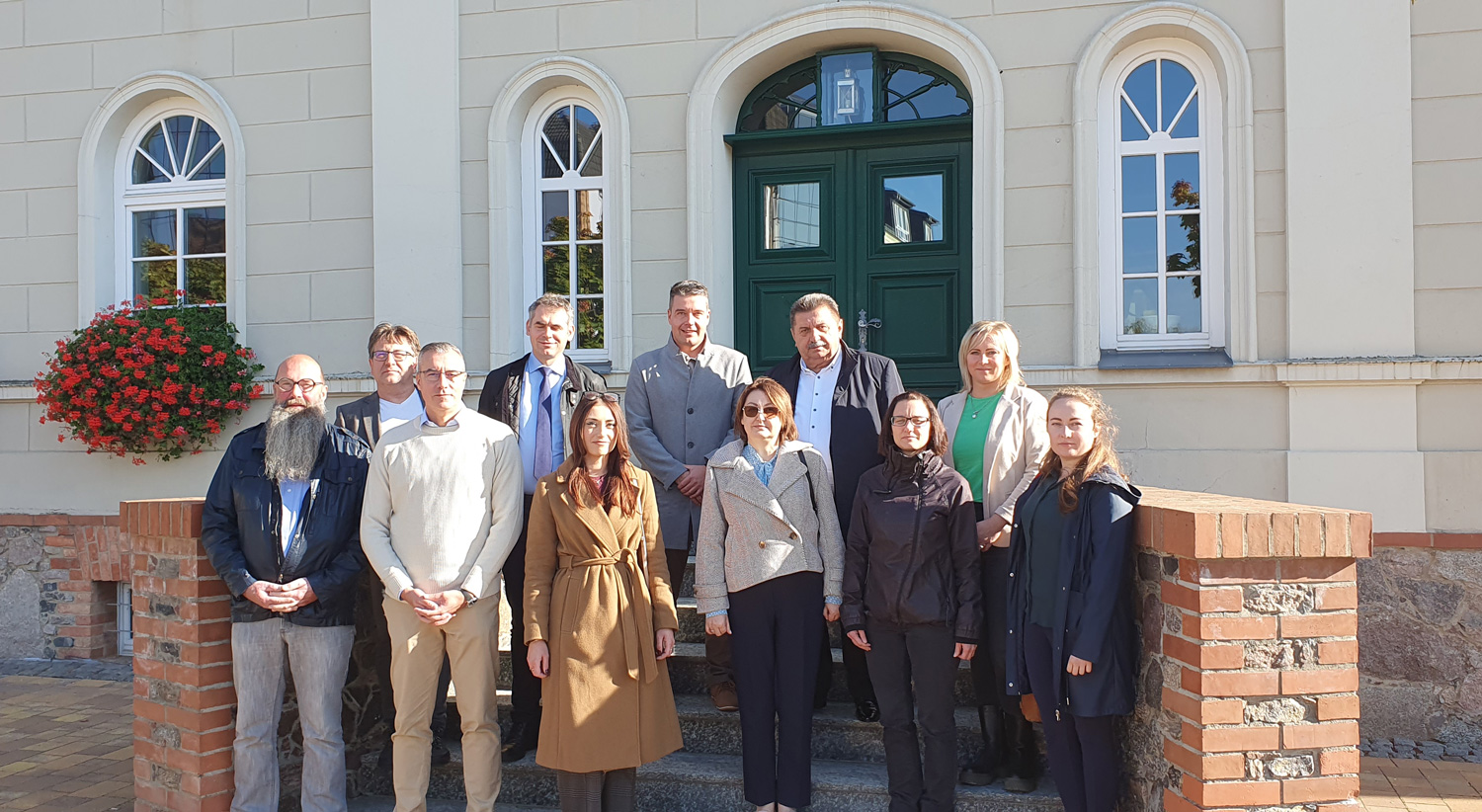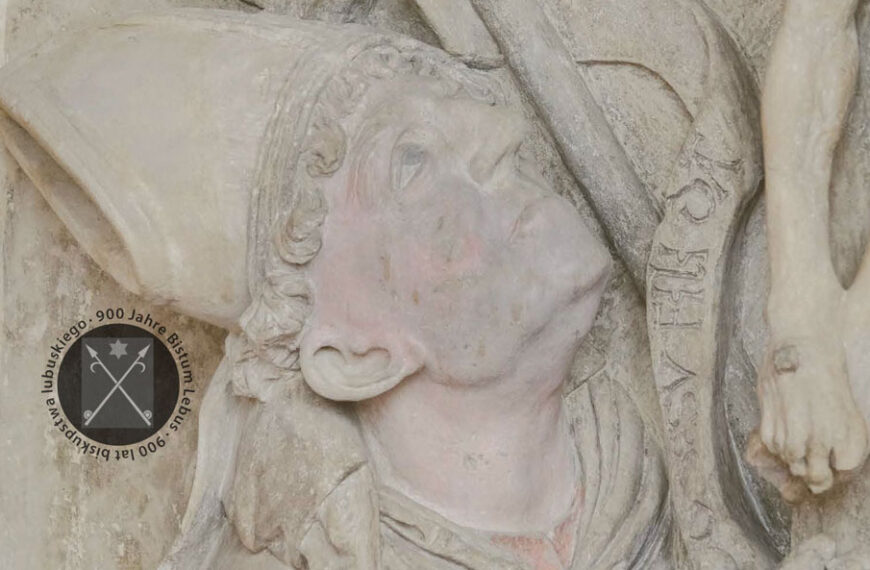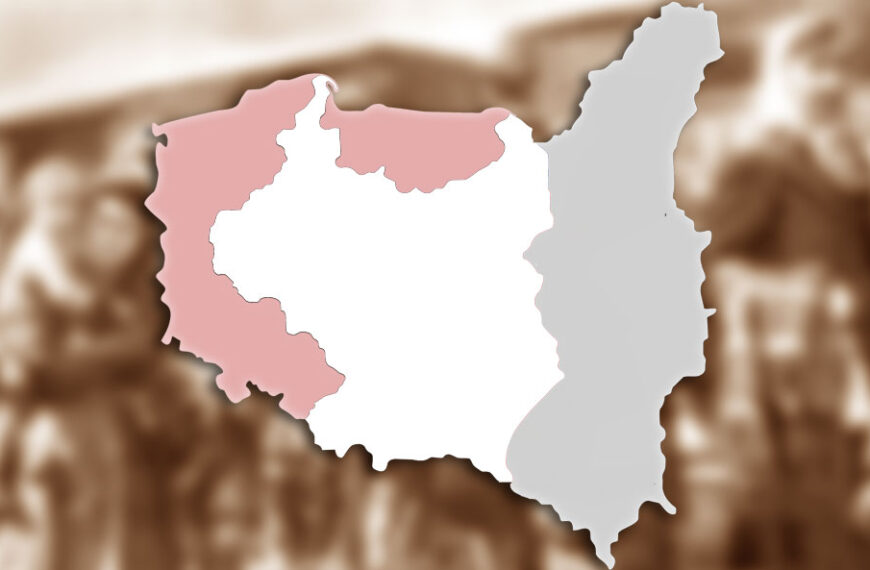5 November 2025, Kulturhaus Küstriner Vorland (DE)
The symposium deals with the complex German-Polish history in the border region, especially after the Second World War. Provisional programme (subject to change):
Panel I: Historical classification
Prof Przemysław Słowiński
Shifting borders and administration under the influence of the former Soviet Union
Expulsion from eastern territories and migration to the former German territories; destruction and looting, reconstruction; church administration and role in the formation of the identity of the Polish population in the new territories; significance of German-Polish reconciliation and the achievements of the European Union
Dr Reinhard Schmook
"Flight and expulsion in the Oder-Warthe region" as a taboo subject in the later GDR
Ryszard Skalba
The pioneering years of Kostrzyn in Poland
In mid-1945, Küstrin's Old Town and New Town were among the most destroyed towns in the former German Reich. The expulsion of the German inhabitants paved the way for Polish settlers, and the town was given a new name - Kostrzyn. The first settlers were mainly railway workers and customs officials who were supposed to ensure the functioning of the basic transport and border structures. Over time, they were joined by labourers who worked on the reconstruction of the pulp and paper mill, which revived economic life.
Kostrzyn developed on the site of the former New Town, constructing new buildings and facilities from scratch. Offices, schools and workplaces were gradually established and the town increasingly gained its Polish character.
Dr Tim Müller
The lost museum. The Frankfurt Oderland Museum in the former Lienauhaus
Marek Karolczak, Myślibórz
Material losses of cultural heritage using the example of the municipality of Myślibórz (Soldin)
The lecture describes the situation in Soldin/Myślibórz in February 1945 after the invasion of the Soviet army and presents preserved documents from the collections of the Museum of the Myślibórz Lake District in Myślibórz. They show the fate of the exhibits that were in the collections of the Regional Museum - Museum of Local History of the Soldin District, which existed from 1928 to 1945.
Dr Christian Hirte
Museum Lebuser Land Müncheberg
The loss of inventory in the Museum Lebuser Land Müncheberg 1945 ff.
Panel II: local perspectives - cultural loss - cultural appropriation?
Kamila Pałubicka
Kulturerben e.V.
Artistic-creative history mediation using the example of the Martyrium Museum Słońsk (Sonnenburg)
The town of Słońsk (formerly Sonnenburg) is a prime example of the difficult legacy of National Socialism. One of the first concentration camps was located here, where numerous political prisoners from all over Europe were imprisoned. In the final phase of the Second World War, more than 800 prisoners fell victim to a planned massacre. Dealing with this historical legacy and remembering the victims remains a central social task.
The Kulturerben e.V. association has been working with German-Polish youth groups for over ten years on innovative artistic approaches to this difficult chapter of European history. In various projects, performative, media and participatory approaches have been trialled that enable young people to actively engage with the culture of remembrance and develop their own forms of expression.
As part of the current workshops, we combine historical knowledge transfer with artistic and creative methods. After a guided tour of the central places of remembrance in Słońsk and a visit to the museum memorial, the young people work independently in German-Polish teams to create lay films. This technique allows them to combine images, symbols and texts and condense their reflections on the history of Sonnenburg into short film sequences. The work is complemented by spoken word texts and audio recordings, which are incorporated into a joint performance for the memorial service.
The result is a multi-layered, transnational approach to the culture of remembrance that combines historical facts with creative self-activity and enables young people to experience themselves as active shapers of a living European culture of remembrance.
Thomas Drewing
History and local history association Gusow-Platkow e.V.
New museums - the approach of the next generation
The symposium will be translated synchronously into German and Polish.
A conference volume will be produced, which will contain additional specialist contributions:
Andrzej Kirmiel
Director of the Alf Kowalski Międzyrzecz Museum in Międzyrzecz
Międzyrzecz and the Międzyrzecz Land 1933-1947 in the face of great changes
Henriette Brendler M. A.
Frankfurt (Oder)
Saved, lost, returned: the medieval choir windows of St Mary's in Frankfurt (Oder)
The three late Gothic choir windows of St Mary's Church in Frankfurt (Oder) are not called a glass treasure without good reason. Nowhere else in Brandenburg is there a comparable collection of medieval stained glass; the Antichrist window is even considered unique. The article focusses on the fate of the Frankfurt Picture Bible during the Second World War, the handling of this subject in the GDR and the long journey from rediscovery to repatriation and restoration.

